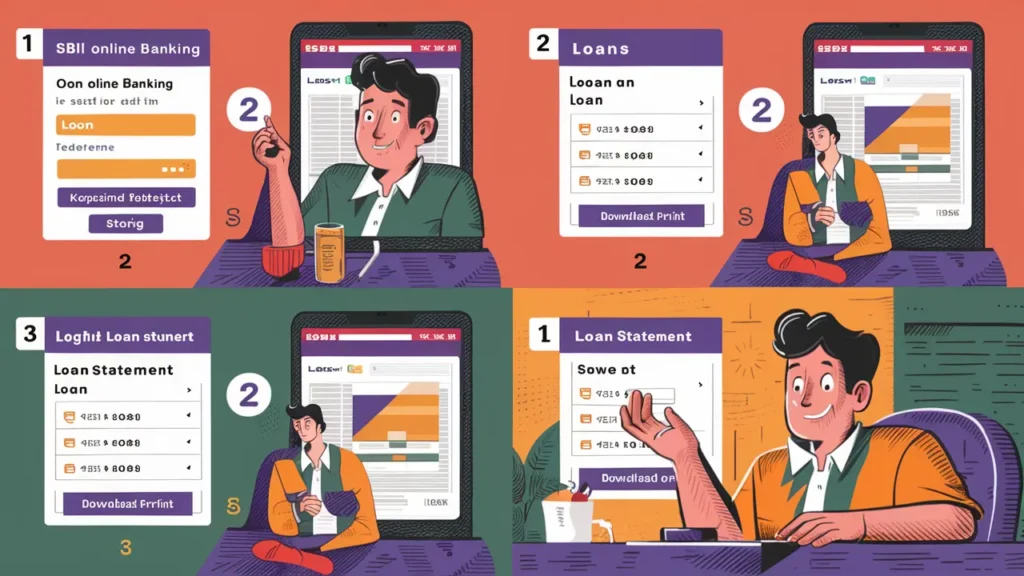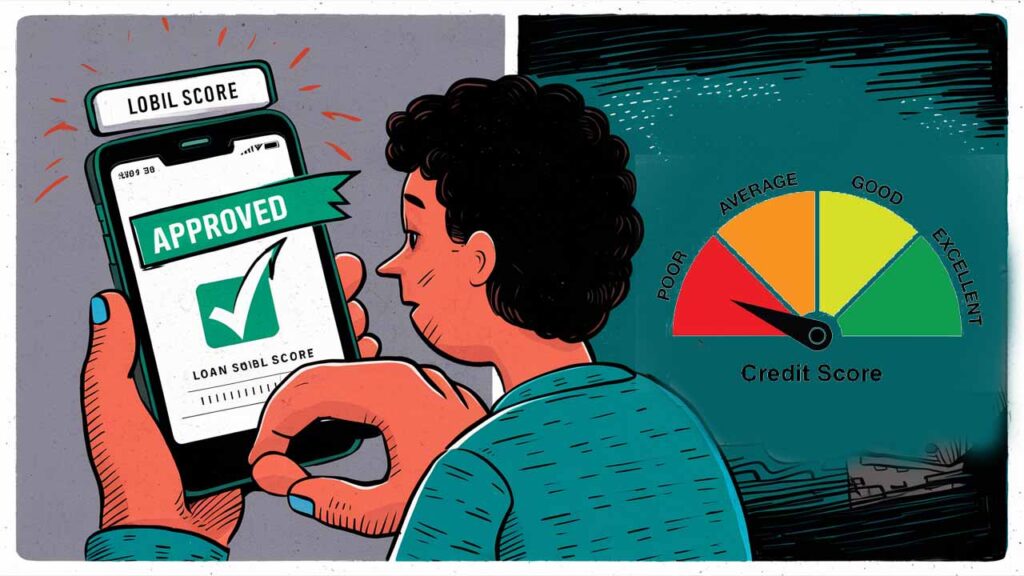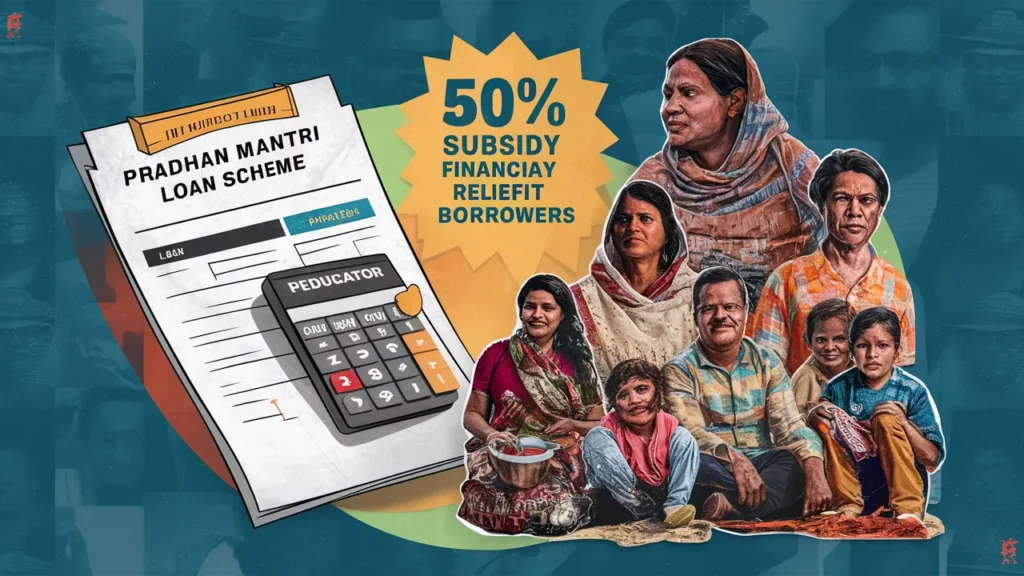In a significant move aimed at promoting financial literacy and inclusion among the younger population, the Reserve Bank of India (RBI Notifies Revised Guidelines) has issued revised guidelines for the opening and operation of bank accounts for minors. These updated regulations are designed to empower children and adolescents with the tools and knowledge to manage their finances responsibly, laying the foundation for a financially literate future generation.
Understanding the New Guidelines
The new RBI guidelines (RBI Notifies Revised Guidelines) make some significant alterations to the procedures involved in child account opening and child account operations. The updates are designed to make processes easier, more accessible, and to educate the child adequately in managing finances.
Eligibility Criteria
10-year-olds and above are allowed to open a personal account under specific conditions with the new law. The act looks at increased financial literacy among young people and seeks to have them make good money habits early.
In case of a child under the age of 10 years, a parent or a guardian will be made a joint account holder. The parent or the guardian will have full control over the account until the child reaches the age of 10, at which point the child would be able to operate the account by themselves, subject to the requirements of the bank.
Types of Accounts Offered
Banks have been permitted to offer a range of different account types to minors such as:
- Basic savings accounts are created with the aim to enable a child to deposit and draw money, to promote saving culture.
- Recurring Deposit Accounts: Accounts that encourage saving by requiring periodic deposits.
- Fixed Deposit Accounts: Accounts that offer a better interest rate against deposits made for a specific term.
The accounts are specifically created to meet the varying financial objectives and requirements of the children in a way that gives them a variety of alternatives to choose from.
Account Operations
The new regulations require young people to conduct their accounts in several modes, such as:
- Face-to-face transactions: Branch visits to conduct transactions.
- Electronic or online banking: Managing accounts via online banking web portals and apps.
- ATM Withdrawals: Minors can make withdrawals and view account balances with a parent or guardian’s permission.
Banks ought to make the appropriate tools and resources to manage their accounts securely and responsibly accessible to young people, such as electronic banking channels and ATM cards.
Parental or Guardian Consent
Parental or Guardian Consent is necessary from the parent or guardian to open and maintain a bank account by anyone under the age of 18. This protects the child’s financial interests and allows them to act under supervision.
Financial Literacy Initiatives
Financial Literacy Programmers. In line with the overall goal of the RBI (RBI Notifies Revised Guidelines) to promote financial literacy, there is a mandate that banks provide education programmers that educate children. The programmers will equip children with knowledge of the need to save, budget, and manage money well. Among the channels that are recommended to be employed by the banks to make financial education friendly and accessible to children include interactive workshops, online tutorials, and study materials.
Benefits of the Revised Guidelines
The RBI’s revised guidelines offer several benefits to minors, parents, and the banking sector:
- Banking at an early stage creates money discipline and financial consciousness in young people.
- Ease of Use and Convenience: The convenience and ease of account and ATM use make money quick and accessible to young people.
- Encouragement of saving behaviors: Offering different types of accounts makes young people save and prepare financially for the future.
Implementation and Future Outlook
The RBI has asked all scheduled commercial banks to adopt these new guidelines within a stipulated time frame. Banks are to amend their procedures and policies in accordance with the new regulations and provide training to their personnel to manage accounts of minors.
In the future, the RBI will continue to work to make everyone more financially literate, with special emphasis placed on young people. Among potential future activities are the creation of age-based curricula related to financial education, the availability of online learning tools related to finances, and cooperation with schools to incorporate financial literacy within curricula.
RBI Notifies Revised Guidelines for Opening and Operation of Minors’ Bank Accounts
In a world where online transactions and cashless economies are increasingly becoming the norm, educating the next generation with a financial edge has never been more crucial. The Reserve Bank of India (RBI Notifies Revised Guidelines) keeping in touch with that reality has issued new and streamlined norms for the opening and conduct of minors’ bank accounts. This forward-looking initiative is not merely providing access to banking services—it’s more a push towards financial empowerment, early responsibility, and long-term national financial literacy.
A Significant Policy Shift: What’s New?
The previous framework that governed the accounts of children turned out to be restrictive and highly parental or guardianship-centric. While that made them more secure, it added little to involving the children at a real-time level in financial decision-taking. The new RBI regulations empower those over 10 years more, but are also mindful to leave the financial interests of those
Some of the standout changes include
- Independent Minors of 10 and above: Minors aged 10 and above can now manage and operate a savings account by themselves.
- ATM and Electronic Access Cards: Debit cards and electronic access can be granted and issued to youth with parental authorization by a bank.
- Encourage banks to provide no-minimum balance accounts to children to promote inclusiveness.
- Reusable Withdrawal Limits: The banks can limit withdrawals to avoid the danger of fraud or abuse.
Why This Matters: The Case for Financial Inclusion of Children
A 2022 National Centre for Financial Education (NCFE) survey found that just 27% of young Indians between the ages of 15 and 24 were judged financially literate. From reckless spending to insufficient savings or investment mistakes, that knowledge gap can result in lifetime of bad financial decisions.
Early on, management of personal bank accounts by young people under the direction of parents and institutions helps the RBI to promote:
- Practical Financial Education: Hands-on Approach Youngsters learn best by doing. Managing a bank account teaches them ideas in budgeting, interest, transaction fees, and savings.
- Digital Banking Knowledge: The economy of today is digital. By teaching young people how to spot scams, make safe transactions, and bank online, you can help to prevent financial mistakes and fraud.
- Financial independence—even in a limited sense—can help children and teenagers develop self-reliance and mature decision-making
Practical Scenarios: What This Looks Like in Real Life
Let us examine the example of Riya, a 13-year-old girl studying in Pune. Under the new rules, Riya gets to have a savings account under her parents’ approval. Riya can shop with her debit card for textbooks, track spending using a bank app, and even save for buying a bicycle she wants to buy. Her parents will be able to view her transactions and act to direct her whenever needed.
In another case, an 8-year-old Aryan is unable to take care of a bank account independently. Parents are able, though, to open a joint account and begin making him deposit his pocket money in the account weekly. This creates a starting point in terms of discipline and postponed gratification.
Banks Responding to the Guidelines
Banks all across India have already started to express satisfaction with the new framework. Companies like SBI, HDFC, ICICI, and others are now assessing their kid-friendly products. Some even plan to launch:
Gamified mobile apps, which incorporate visual cues and educational content, are aimed at children.
- Gamified Mobile Apps are design specifically for children, with visual cues and educational content.
- Junior Account Perks, such as discounts on educational platforms, libraries, and toy stores.
- Interest Bonuses on savings to encourage kids to keep money in the bank longer.
HDFC Bank’s spokesperson said, “We view this as an opportunity to not just build a customer base early, but to shape responsible future consumers. It’s a win-win.”
Role of Parents and Schools
Even as the RBI has empowered the banks and the children, a large responsibility rests with parents and schools:
- Review and discuss account action frequently.
- Establish financial objectives with your kids, such as saving to purchase a toy, book, or special event.
- Discuss the fundamentals like compound interest, ATM fees, and UPI security.
The RBI, in association with the NCFE, is assisting schools with curriculum modules, posters, and activity books that are suitable and interesting at each stage.
Security Measures and Safeguards
With many banking services now digital in nature, security is a top concern in the new guidelines:
- Establish firm verification of purchases by young people.
- Support OTP-based authentication for online or high-value transactions.
- Block and report suspicious action at once.
- Imposing daily transaction and withdrawal limits upon minors.
Such a framework guarantees that teenagers get to benefit from banking within a shielded, guided, and contained environment.
Challenges and Way Forward
Naturally, no policy is without obstacles. Some of the challenges that could occur are:
- Uniform implementation: Banks are not all likely to apply or implement the guidance in the same manner, and there will be confusion.
- Digital Access: In rural regions where there is little internet penetration, digital banking will not be accessible to all children.
- Parental Wariness: A few parents are resistant to allowing their young ones to have early access to financial instruments because they fear abuse or not having faith in computerized systems.
For this purpose, the RBI will carry out periodic review and release clarifications. Besides that, local financial literacy initiatives and workshops will continue to raise awareness and provide support.
Banking on the Future
The new RBI guidelines are more than a regulatory revision—they are a vision. A vision where not just Indian children can open a bank account, but where they know how to make their money grow, save their money, and spend their money. In an era where financial frauds, e-frauds, and consumer pitfalls are the order of the day, educating the young is the most sustainable means of creating a financially sound society.
Conclusion
The RBI new guidelines relating to savings accounts of minors are an important step in the direction of raising a financially responsible and intelligent next segment of the population. By allowing 10-year-olds and above to operate and manage a bank account subject to parental guidance, early financial discipline is foster. Joint accounts with parents in the case of younger children pave the way towards saving and financial discipline. Banks are now in a position to offer various types of accounts based on the needs of the children, that is, savings account, recurring deposit accounts, and fixed deposit accounts.
The changes are make to promote experiential learning of money in the form of ATM usage, online banking, and parental supervision. But strong security measures like withdrawal limits and One Time Password authentication guarantee secure banking by the child.
Although there are still a few issues like digital availability and parental concern, the RBI’s progressive mindset lays good groundwork for a financially smart society.
Frequently Asked Question (FAQ’s)
Ans: The RBI has permitted account holders below the age of 10 to have a savings account with parental permission.
Ans: The RBI has permitted account holders below the age of 10 to have a savings account with parental permission. A joint account with a parent or a guardian will have to be open by account holders under 10 years.
Ans: Yes, with parents’ permission, ATMs and internet banking can be use by minors. Banks will provide sufficient security such as OTP-based authentication and transaction limits.
Ans: Banks have to offer financial literacy courses such as tutorials, workshops, and games. Schools and parents are also encourage to educate children in saving, budgeting, and online safety.













